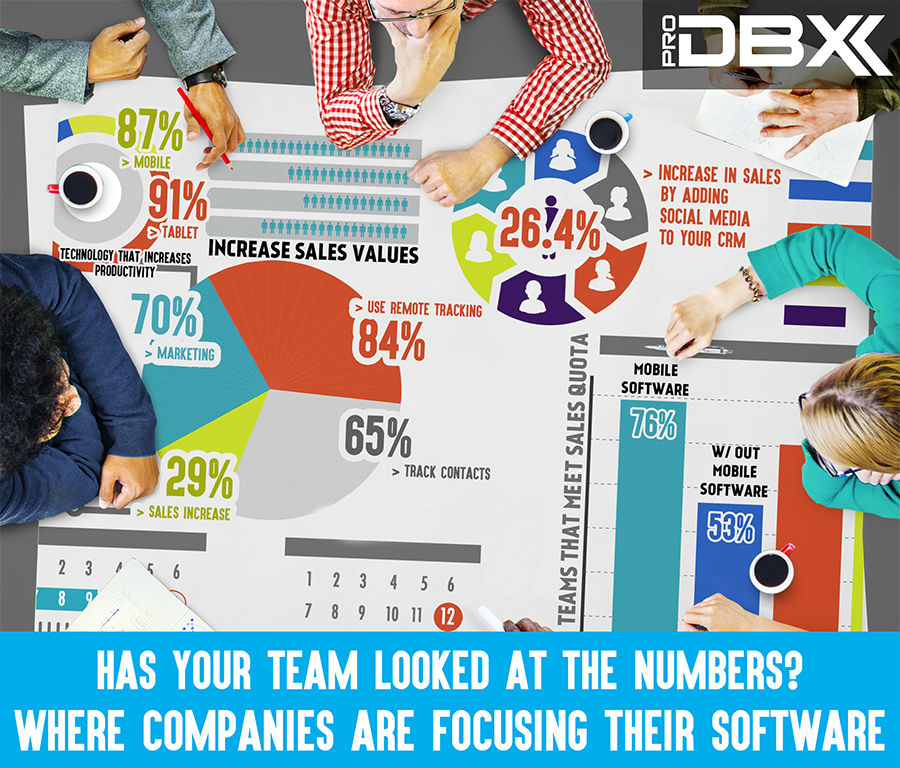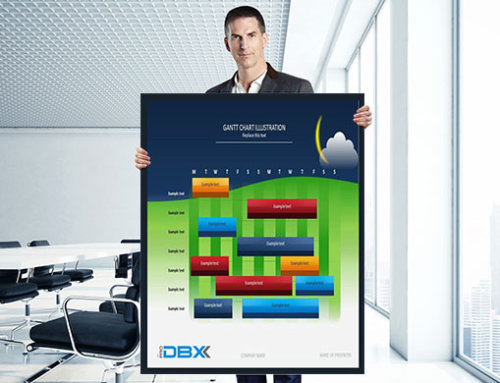Software for Your Business: Meeting the Needs of the Company or the Company Meeting the Needs of Your Software?
The relationship with your software paints a pretty large and vivid picture. Whether your software is measuring up to your company’s standards, or your company is working hard to meet the needs of your software will depict what kind of success you’ll experience.
Basing your company operations around how the software works is a glaring red flag that something’s just not right.
In these cases, you’ll find that work just isn’t nearly as efficient as it could be. In other cases, entrepreneurs might try to make ends meet by purchasing another software suite. And that is one of the 7 grim mistakes you want to avoid with software.
Your software is meant to boost company operations and not define it.
There is no point in using a tool that forces you to work even harder to make it work when that tool is supposed to make your life easier.
How are the Communications and Costs?
This is a simple question to ask. How are the communications throughout the company (whether it’s between employees or clients), and to what extent are you paying?
Newsflash. If your communications is lacking in any way, it might be time to reconsider and replace the software for your company.
Communication is the heart of all relationships. This is especially true between your customers. In order to secure deals, garner loyalty, and essentially keep customers flocking to your business, you must be able to communicate effectively. And fast, at that.
That’s where Software comes into play. With Software, you can effectively communicate throughout the company and to other clients, even on social media. And how fast you can contact plays a pivotal role in customer service.
Take a look at these statistics to see just how much of an impact communication and essentially, customer service has with customers:
- 76% of consumers say they view customer service as the true test of how much a company values them. (2015 Aspect Consumer Experience Survey)
- According to NewVoiceMedia, an estimated $41 billion is lost by U.S. companies alone each year due to poor customer service.
- 77% of US online adults say that valuing their time is the most important thing a company can do to provide them with good service. (Contact Centers Must Go Digital or Die, Forrester Research, 2015)
- 93% of employees say employee engagement is strategically important to their organisation (Caburn Hope)
- When it comes to sales, the probability of selling to an existing happy customer is up to 14 times higher than the probability of selling to a new customer. (Marketing Metrics: The Definitive Guide to Measuring Marketing Performance)
Credit: Parature, Caburn Hope
By not using the proper Software for communication, your business can stand to lose huge amounts of prospects.
Cost
Fitting a square peg into a round hole is a terribly difficult task. You can either try to force it, attempt to round out the square peg or just deal with it.
The same principles apply to the Software for your business.
With Software, companies are either struggling to make it fit into their operations or struggling to make their operations fit into their software. As you can imagine, both scenarios lead to head splitting problems down the road.
The most common solution entrepreneurs concoct is to buy multiple software suites to patch up the rough spots.
Which, in theory, should be pretty solid.
Here’s the problem with that.
Using multiple software suites leads to compatibility issues and glitches. Some of which may not be apparent until you actually need it. Furthermore, you’ll find that you’re spending much more buying and managing all these different apps from different companies. There’s no guarantee they’ll work together until it’s too late.
The biggest problem with multiple software suites is that they don’t talk to each other. Meaning, these programs don’t really work together. Sure they each, individually, get the job done, but the data between each program is completely separate.
And of course, just leaving it as it is has its own set of problems. Mainly the fact that the Software for your business is performing way below standards and hindering company growth.
So if the amount of money you invest into software leaves you with less than desirable results, it’s definitely time to ditch it for something better.
Is your software a Cloud Based Platform?
Cloud software is like the smartphones of cellphones. It’s capable of so much more than a regular old flip phone from the early 2000’s and it can be customized to your liking.
Although in this age, it’s hard to believe people still use flip phones over smartphones, it’s very much a reality.
There are still companies out there that attempt to manage their company through Microsoft Office or a generic software straight from a box, installed from a disc.
If that somehow helps you make ends meet, then by all means, go for it. But for the majority of companies, this falls far below standards and you’re bound to run into problems sooner or later.
For starters, not utilizing Cloud software means your work is tied down to a computer. You’ll have to store your own data and manage it yourself. Which might not sound too bad at first, but once business picks up, demands change.
One of the most common methods we hear of is using an Excel spreadsheet for lead management. Aside from being an incredibly inefficient way to manage leads (you wouldn’t use an egg as a hammer, would you?), this method poses some dangers.
Say for example, your top sales representative decides to leave the company. All you’ve got to go off of their work is a spreadsheet. And there’s no guarantee it’s kept up to date with all the relevant information. Much of the information leaves with the rep.
Countless hours of hard work would essentially be poured down the drain in this scenario.
Cloud software allows for companies to store data and information in an online database. This can only be accessed by authorized users. So if a rep should ever have to leave, it’s a whole lot easier to just pick up where they left off since all the relevant data is still there.
Wasting Time Without Cloud Platforms
Multiple data entry is, perhaps, the biggest pet peeve of our clients. Those who were working off of multiple spreadsheets or using more than one software suite always found that what they do on one side, they have to do to the other. And then some.
Cloud software is all about being efficient.
Rather than waste time inputing information on multiple forms only to have to repeat that task again, Cloud apps allow for auto population. Meaning, what you put in becomes available everywhere else in your database that’s relevant.
You not only cut down on time, you also cut down on effort. Effort that can be spent elsewhere.
Companies that switch to the Cloud experience exponential benefits.
Below is an infographic which briefly describes what companies focus their Software on.
Here’s what this infographic is telling you:
- Companies experience a 26.4% increase in sales by adding Social media to their CRM
- Businesses see increases in productivity by being able to efficiently track locations, contacts, and organizing marketing strategies
- 76% of Sales teams that utilize Software on mobile devices meet Sales Quotas as opposed to just 53% who don’t
- 87% of employees use Cloud software on a mobile phone while 91% use Cloud Software on a tablet during work
As you can probably tell, the switch to the Cloud offers a whole slew of benefits and goodies that an out-of-box solution can’t possibly contend with.
Final Thoughts
So now we go back to the question, “Is the Software for your business meeting the needs of your company, or is your company meeting the needs of your Software?”
That’s a question only you can answer. With the information we’ve provided, we hope to have at least given you some sort of insight or clarity when it comes to Business Software. After all, it is the technical backbone to your company.
Some points to summarize:
- Cloud based Software almost always beats out-of-box solutions in any situation
- Communication is absolutely key
- Excel spreadsheets are terribly inefficient at managing leads
- Cloud based, all-in-one solutions offer so much potential for growth
The Software for your business is incredibly important. Companies all throughout the world have seen phenomenal growth through the implementation of the proper Software. And this isn’t just limited to them. Anyone can see success.






